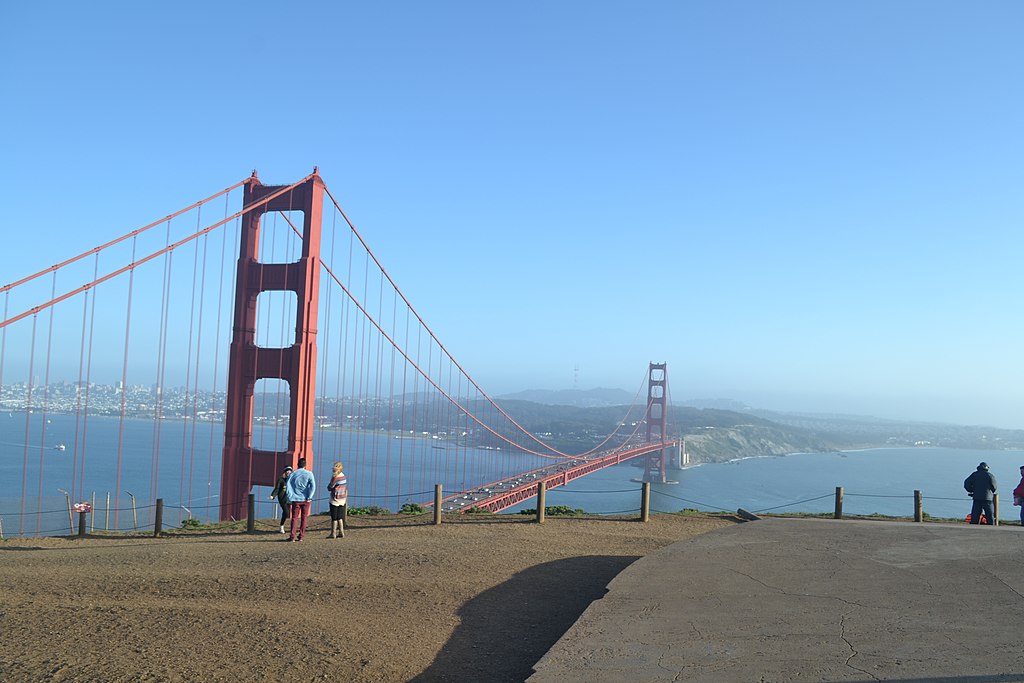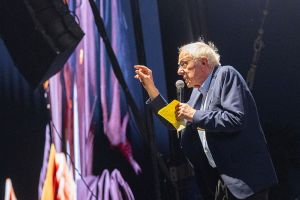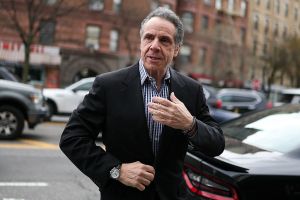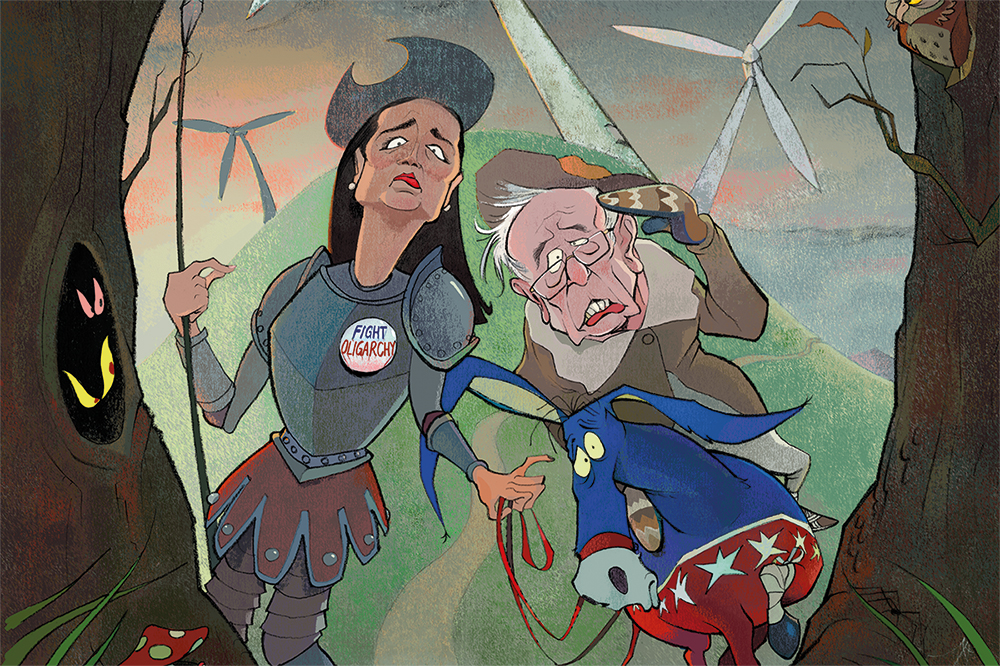“San Francisco is the only city I can think of that can survive all the things you people are doing to it and still look beautiful,” said Frank Lloyd Wright. You might say the same thing about Marin, the county you enter upon crossing the Golden Gate Bridge from out of the City of Fog, where my mother moved several years ago to be with my stepdad. Arresting in its natural beauty, gratifying in its varied and delicious cuisine, shocking in its exorbitant property values, Marin ranks in the top ten nationally for median household income.
My mother’s town, like many around it, has not a little character. There’s the old colonial Spanish influence, evidenced in the mission churches and the names of some of the communities: San Rafael, Corte Madera, San Anselmo, San Geronimo. There are the ubiquitous redwood trees, which have a noticeable effect on the architecture of so many shops and houses. And there is the curious purist localism of those towns, which refuse chain stores — no McDonald’s or Starbucks for you!
But I can’t get over the many strange ways that very blue Marin — which voted for Joe Biden by more than 80 percent — reminds me of red America.
Take, for example, many towns’ dogged determination to retain their unique historical and cultural character. You see that not only in the architecture and refusal to welcome chain stores, but also in the resistance to commercial and residential development. There are places in Marin that love their old, rustic identities — and very walkable town centers — and will not countenance disruptive innovation, even if that means a loss of revenue opportunities.
This can sometimes border on the absurd. It took my stepdad, who works in construction, years (and thousands of dollars) to get all the necessary approvals to build another home on his own land. But there is something admirable, and very traditional, about the desire to preserve an older, more small-town way of life. Depending on your outlook, it makes for either a very quaint or very frustrating morning commute. If you’re driving south towards San Francisco, you’ll be dealing with crossing guards and kids on bicycles for many miles until you hit US Route 101.
And boy, can Marin be far removed from the carefully manicured lawns and pristine lots of your typical bourgeois residential community. I live in one of the least pretentious subdivisions in Northern Virginia, yet one of our neighbors recently woke up to find one of their vehicles towed because a neighbor complained (it was broken down and failed a safety inspection). I have a hard time imagining that scenario in a lot of these Marin towns.
Jeff Foxworthy says the definition of a redneck is a “glorious absence of sophistication.” The houses in my mom’s Marin neighborhood have chicken coops, compost heaps, ladders, cement blocks, and dilapidated Ford Broncos. Of course, they also have wooden peace symbols, pride flags, and BLM signs out front. Nevertheless, I’m pretty sure that even with the virtue signaling, few of them would pass muster in my elitist but less liberal Northern Virginia.
Indeed, one of the most observable qualities in Marin is its stubborn, idiosyncratic individualism. Bumper stickers may typically be on the liberal side of things, but they are usually original (and strange). I think I saw more “Bernie” stickers than “Biden/Harris” in my mom’s town. Besides the unsurprising ubiquity of “Keep Tahoe Blue,” others voice zealous opinions about pesticides (they’re bad), charter schools (also bad), and China (don’t hate on it, man). The one on my stepdad’s truck reads: “Earth First: We Can Screw Up the Other Planets Later.” Original, no doubt, but also, admittedly, quite reasonable.
My stepfather’s brother, who also works construction, told me that many of the remote townships north of them are even more redneck, a result of Dust Bowl-era immigration from Arkansas. “Now those people are real hillbillies,” he said. Another construction worker who grew up with my stepdad recounted that one of the towns, largely populated by Seventh-Day Adventists, features a grocery store with no red meat or alcohol. “They’re actually all right,” he declared in typical California cool.
It’s hard not to admire the cute town centers in many parts of Marin, with their quirky, family-owned shops and restaurants. Yet a certain sadness overcame me visiting one of the old Catholic parishes and discovering that the church had four separate confessionals, despite the fact that it now only offers confession a couple times a week. In other words, though more than half of county residents claim no religious affiliation at all, this was not long ago a place of vibrant religious practice.
In a demonstration of the county’s changing demographics and opinions, one of the old high schools, named after Sir Francis Drake, was recently renamed after a local track star. Because, you know, racism. But ask any of the old farts who attended high school in the 1960s or ’70s and you’ll get a frustrated shake of the head. “We still call it Drake,” one confided to me.
Out for a walk one evening with my mother, she spotted another high-school friend of my stepdad’s who runs his own carpet-cleaning business. He asked me what I thought of their little old town, which was first settled shortly after the Gold Rush. I told him I thought it was beautiful, quaint, and had a lot of character. “Yeah,” he said, looking off into the mountains. “But it’s changing, you know? Too many folk coming from outside. Driving up the prices of everything. Not from here.”
It’s a sentiment one would likely associate with red America. Perhaps, I’d wager, there is more that conservatives and liberals share than we often realize.

























